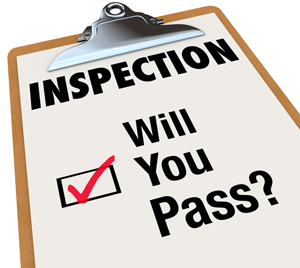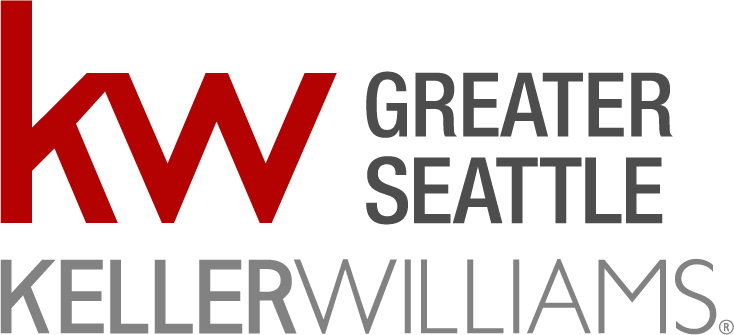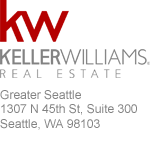Understanding a Building’s Envelope
 Farren West is the owner of Key Inspection Services and is a contributor to the Seattle Condo Blog. Farren can be contacted at KeyInspectionServices.com.
Farren West is the owner of Key Inspection Services and is a contributor to the Seattle Condo Blog. Farren can be contacted at KeyInspectionServices.com.
One can think of a building envelope as being similar to envelopes used to mail packages through the postal service. A standard package mailing envelope is used to protect the interior contents from moisture, wind and damage while in transit. The building’s envelope acts like a mailing envelope by protecting the structure from rain, sleet or snow…so the saying goes.
A building’s envelope includes the walls, siding, flashing, roof, foundation and so forth. These systems should work together by providing a barrier between the interior of the structure and the exterior environmental elements such as rain and moisture. The installation materials and methods used in the building’s construction will determine how heat, air and moisture travel through the structure.
So, why is this important to me as a condo owner or potential buyer? Well, if the building envelope was not installed property and/or has begun to prematurely fail, it can lead to a whole host of problems including, but not limited to, moisture intrusion, wood rot and fungal growth.
Seattle and the surrounding areas are not immune to poor building envelope systems. One can find examples of building envelope failures while driving through the city. Just look for older buildings (5-10 yrs) that are newly wrapped with scaffolding and white fireproof material that resembles a giant tarp, sometimes labeled Tyvek or firewrap. This can often be tell tale signs there was a failure in the building envelope and/or siding system. The good news is that it’s being fixed, hopefully by a reputable company who knows how to correctly repair/replace the items, followed a detail plan, and most likely created by a reputable architectural firm.
When considering purchasing a condo in a high rise building one should inquire with the seller or the Homeowner’s Association to verify whether there’s been a history of moisture intrusion (i.e. roof leaks, moisture intrusion around windows/doors/openings, fungal growth, etc). If there has been a history of any of the above mentioned details, get more details on the corrections. The KEY is to ask questions and obtain verification on work completed by a reputable company. Understanding this process can be overwhelming and that’s why we recommend assistance from a quality Realtor and home inspector. The last thing a buyer wants to happen is to purchase a condo then get hit with large assessment. Ask questions and get professional assistance, good luck…






This is huge business in Seattle. I find it disheartening that every new condo needs to be resided within 10 years, and nothing can be done about it. Instead of addressing specific problem areas, EVERY project seems to require the entire building to be reworked. This is legal blackmail and waste. Inspectors are buddies with the repair companies. They find the HOA’s that can be targeted and attack with pure fearmongering to get the owners to buy into the entire repair plan. It’s a dirty business that is making companies millions of dollars at the homeowner’s expense. There is no oversight either. And there is no undoing the damage of a shoddy inspection. It’s a giant boondoggle that every condominium will go through in Seattle. I wish some one would deeply investigate this to make it stop. People have bought these condos and are essentially being systematically bilked.